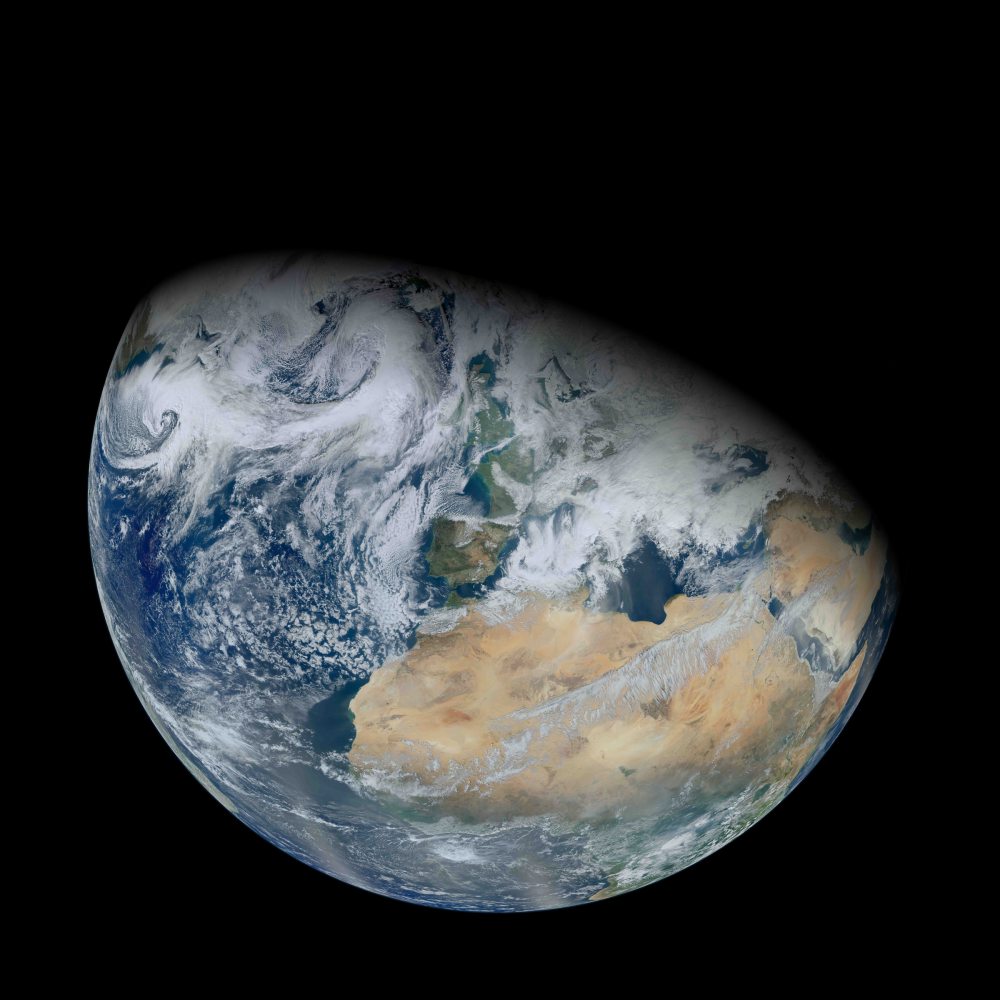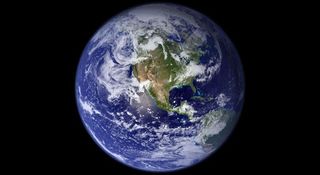Scientists Unveiling New Discovery on Origin of Earth's Gold Today: How to Watch

How did Earth's gold form? Scientists from the Harvard-Smithsonian Center for Astrophysics (CfA) will hold a news conference Wednesday (July 17) announcing new findings exploring the origin of the precious element on Earth.
The event will be aired live through the CfA's website beginning at 12:55 p.m. EDT (1655 GMT).
Although the specifics of the press conference are under wraps, CfA officials have provided a few tantalizing tidbits about the element:
- Gold is so pliable it can be made into sewing thread! One ounce can be stretched to 50 miles!
- The Greeks believed it was a dense combination of water and sunlight!
- Gold is so rare, the world pours more steel in one hour than all the gold ever poured in the history of civilization.
- It is rare on Earth and rare in the universe. And, it was not created by exploding supernovas!

Visit SPACE.com Wednesday afternoon for complete coverage of the cosmic discovery about gold.
Follow Miriam Kramer @mirikramer and Google+. Follow us @Spacedotcom, Facebook and Google+. Original article on SPACE.com.
Get the Space.com Newsletter
Breaking space news, the latest updates on rocket launches, skywatching events and more!
Join our Space Forums to keep talking space on the latest missions, night sky and more! And if you have a news tip, correction or comment, let us know at: community@space.com.

Miriam Kramer joined Space.com as a Staff Writer in December 2012. Since then, she has floated in weightlessness on a zero-gravity flight, felt the pull of 4-Gs in a trainer aircraft and watched rockets soar into space from Florida and Virginia. She also served as Space.com's lead space entertainment reporter, and enjoys all aspects of space news, astronomy and commercial spaceflight. Miriam has also presented space stories during live interviews with Fox News and other TV and radio outlets. She originally hails from Knoxville, Tennessee where she and her family would take trips to dark spots on the outskirts of town to watch meteor showers every year. She loves to travel and one day hopes to see the northern lights in person. Miriam is currently a space reporter with Axios, writing the Axios Space newsletter. You can follow Miriam on Twitter.